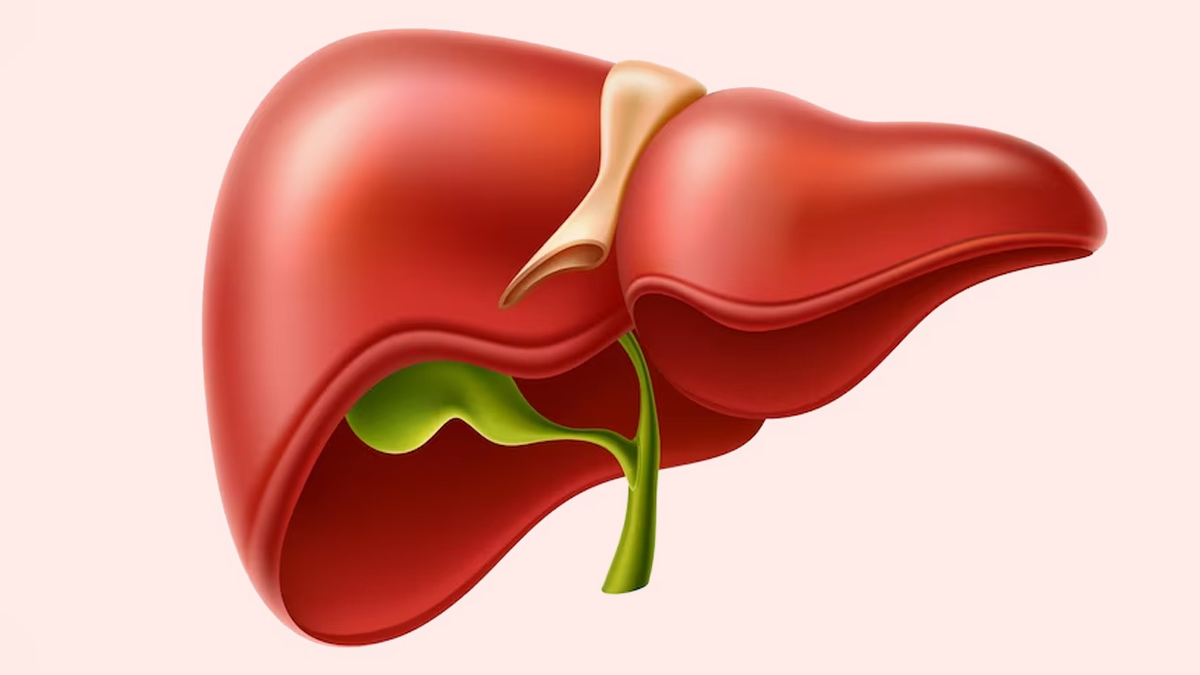
Cirrhosis is the advanced stage of scarring of the liver caused by a variety of liver disorders and ailments, including hepatitis and chronic alcoholism. The liver performs various important jobs, including eliminating toxic substances from your body, cleansing your blood, and producing crucial nutrients. Cirrhosis develops as a result of chronic liver injury. As cirrhosis advances, more scar tissue accumulates in an attempt to repair liver damage, making it difficult for the liver to function.
Table of Content:-
“The liver has the ability to regenerate, and even if there is some damage and some liver cells die in the early phases, it is reversible. Over time, when the liver is injured or gets obese and fibrosed, it fails to heal and reaches an irreversible stage,” said Dr Kavya Dendukuri, Senior Hepatologist, Kamineni Hospitals, L.B Nagar.

Symptoms of Cirrhosis
According to the National Institute of Diabetes and Diabetes and Kidney Diseases, early on, cirrhosis often doesn't present symptoms. However, as liver function begins to decline, you can experience a range of symptoms, including:
- Fatigue and weakness
- Loss of appetite
- Weight loss or sudden weight gain
- Bruising and bleeding easily
- Jaundice (yellowing of the skin and eyes)
- Itchy skin
- Fluid accumulation in your abdomen (ascites)
- Swelling in your legs
- Blood in your stool or black, tarry-looking stools
- Redness in the palms of the hands
- For men, loss of sex drive, testicular atrophy, or breast enlargement
- Confusion, drowsiness, and slurred speech (hepatic encephalopathy)
Also read: How Fatty Liver Impacts Your Heart Health And Beyond, Expert Explains
Causes of Cirrhosis
Cirrhosis is often the result of long-term, continuous damage to the liver and may be due to many different causes, including:
- Chronic alcohol abuse
- Chronic viral hepatitis
- Fat accumulating in the liver
- Iron buildup in the body
- Cystic fibrosis
- Copper accumulated in the liver
- Poorly formed bile ducts
- Genetic digestive disorder
- Liver disease caused by your body's immune system
- Destruction of the bile ducts

Diagnosis
Early diagnosis and management can help prevent liver damage from progressing to cirrhosis. If your doctor suspects cirrhosis, you may need to undergo several tests to confirm the diagnosis:
- Blood Tests: To check for signs of liver dysfunction, such as elevated liver enzymes, and to identify possible causes of liver damage.
- Imaging Tests: Ultrasound, CT scans, and MRI can show liver damage.
- Liver Biopsy: A tissue sample is taken from the liver and examined under a microscope to confirm cirrhosis.
Treatment
There is no cure for cirrhosis, but treatments can manage symptoms and slow the progression of the disease. Treatment depends on the cause and the extent of liver damage. Approaches may include:
- Limiting Alcohol: Completely stopping alcohol is necessary for those with alcohol-related liver disease.
- Medication: To control hepatitis, reduce inflammation, and treat symptoms or complications.
- Weight Loss: For individuals with non-alcoholic fatty liver disease.
- Liver Transplant: In severe cases, when the liver has failed.
Lifestyle and Home Remedies
Making healthy lifestyle choices can help manage cirrhosis:
- Avoiding alcohol
- Eating a balanced diet low in salt
- Maintaining a healthy weight
- Preventing Cirrhosis
- Preventing cirrhosis involves reducing the risk factors that contribute to liver damage:
- Limit alcohol consumption.
- Maintain a healthy weight.
- Get vaccinated against hepatitis B and C.
Also read: Dealing With Liver Issues? Expert Lists Herbs And Spices For Relief
If you're experiencing signs or symptoms of cirrhosis, it's important to see a doctor for evaluation and possible treatment. Early intervention can help manage the symptoms and improve quality of life.
Also watch this video
How we keep this article up to date:
We work with experts and keep a close eye on the latest in health and wellness. Whenever there is a new research or helpful information, we update our articles with accurate and useful advice.
Current Version